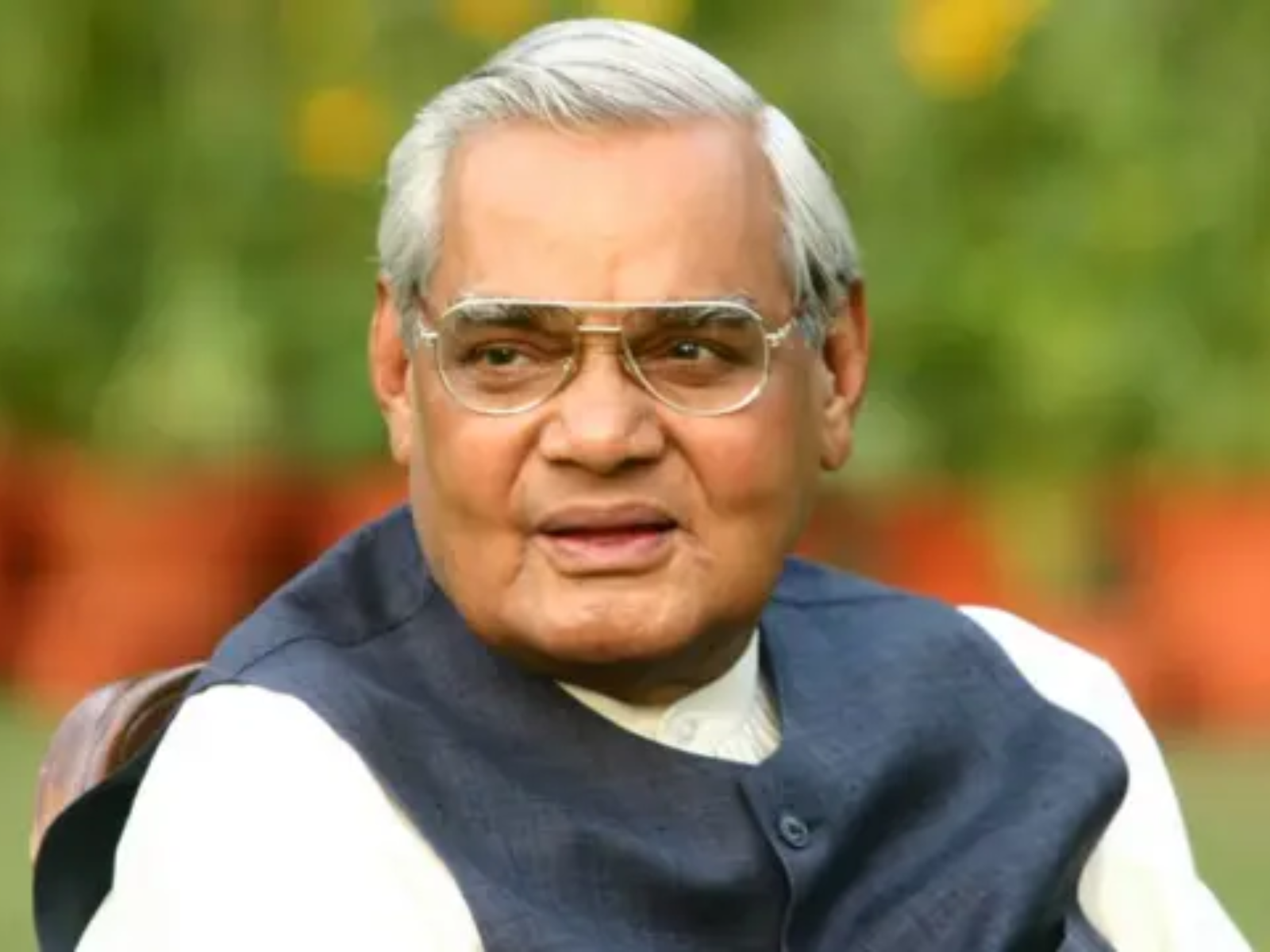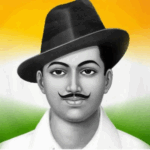Now Reading: Pitru Tarpan and Pitru Paksha
-
01
Pitru Tarpan and Pitru Paksha
Pitru Tarpan and Pitru Paksha
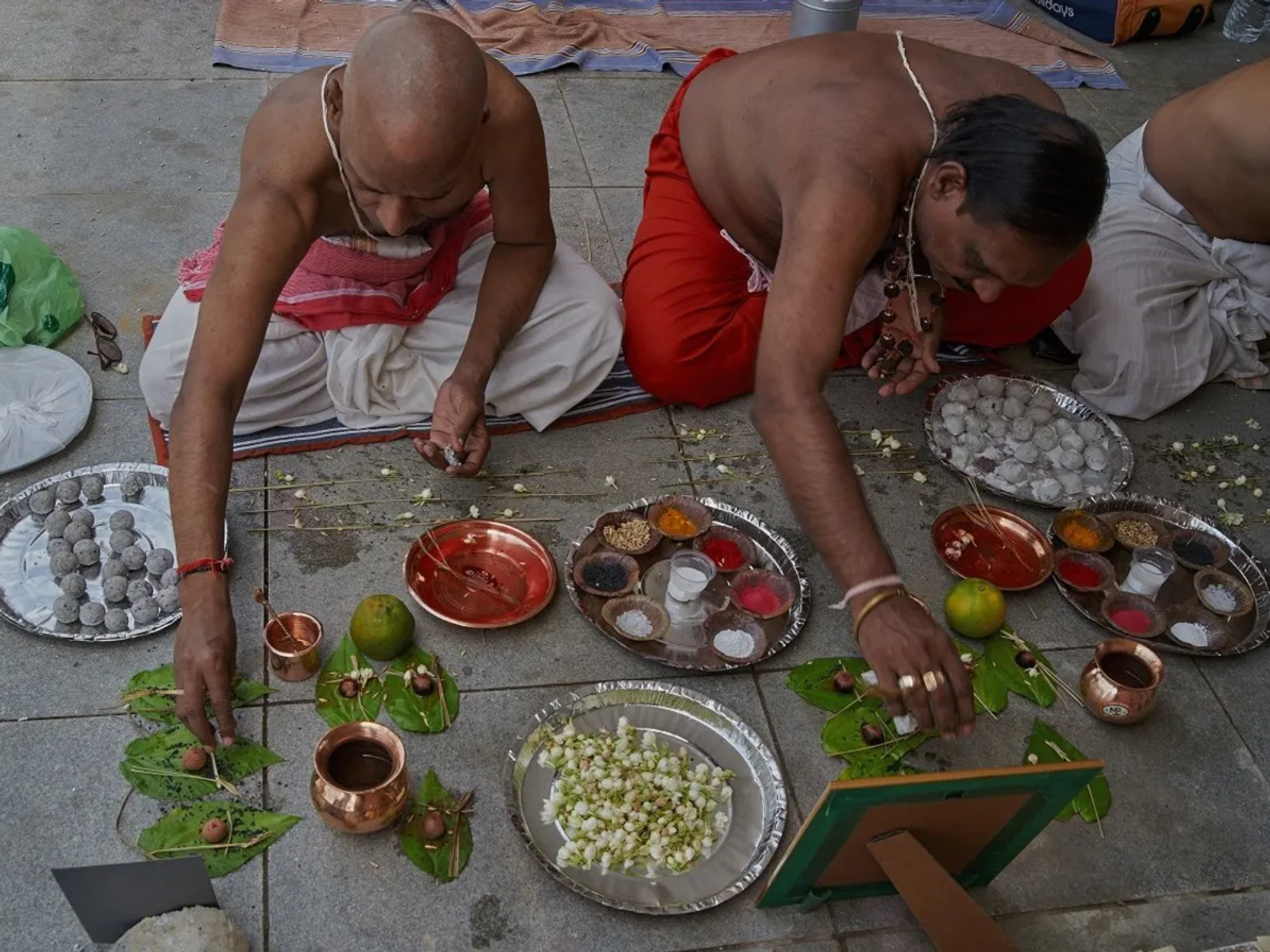
Honoring Our Ancestors: The Sacred Significance of Pitru Tarpan and Pitru Paksha in Hindu Tradition
Introduction
In the vibrant spiritual tapestry of India, where every aspect of life is interwoven with rituals, values, and deep-rooted beliefs, one sacred observance stands out in silence and reverence — Pitru Paksha. It is a fortnight when time seemingly pauses, and millions of Hindus across the country bow their heads, not in celebration, but in solemn remembrance of their ancestors. They offer Pitru Tarpan, a sacred act of gratitude and duty towards the departed souls. But what truly lies beneath this age-old tradition? Why do we offer food and water to our ancestors? Why is Pitru Paksha considered so vital in Hindu dharma?
Let us explore the mythological significance, spiritual purpose, and rituals behind this profound observance — not merely as a cultural formality, but as a timeless bridge between the living and the departed.
What is Pitru Paksha?
Pitru Paksha, also known as Mahalaya Paksha, is a 16-day period that falls during the waning phase of the moon (Krishna Paksha) in the Hindu month of Bhadrapada (August-September). It typically ends with Mahalaya Amavasya, the no-moon day, which is believed to be the most auspicious day for performing Shraddha and Tarpan rituals for the ancestors.
This is the time when the Pitrus (ancestral souls) are believed to visit the earth realm to bless their descendants. Hindus perform various rituals to satisfy these souls so that they attain peace and liberation (moksha) and, in turn, bestow blessings of health, prosperity, and longevity upon their lineage.
Mythological Origins of Pitru Paksha
The significance of Pitru Paksha is deeply rooted in Hindu mythology. One of the most well-known stories comes from the Mahabharata.
When Karna, the great warrior, died in battle and ascended to heaven, he was offered gold and jewels instead of food. Confused, Karna asked the gods why he was not being given proper nourishment. The gods replied that during his lifetime, he had donated wealth but never food or water to his ancestors. Realising his mistake, Karna requested permission to return to Earth to perform Shraddha for his forefathers. His wish was granted for 15 days, and this period became what we now know as Pitru Paksha.
Another story talks about Yama, the god of death, who allows the souls of the deceased to return to Earth during this time. That’s why performing rites during this period is believed to reach the ancestors directly.
What is Pitru Tarpan?
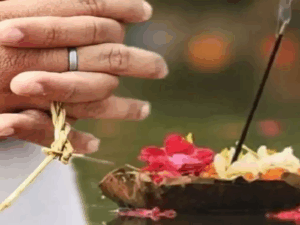
“Tarpan” is derived from the Sanskrit word “Trup”, which means “to satisfy.” It is a ritual of offering water mixed with sesame seeds, barley, and Kusha grass to appease the souls of ancestors. This is generally performed on the riverbanks, in ponds, or at home and is accompanied by Vedic mantras.
The primary offerings during Tarpan are:
- Water (Jal)
- Black sesame seeds (Til)
- Rice (especially cooked with ghee or milk during Shraddha)
- Pind Daan (rice balls symbolizing the departed soul)
The ritual is performed facing the south direction, which is associated with the ancestors and ruled by Yama.
Importance of Pitru Tarpan and Shraddha
- Spiritual Gratitude
Tarpan and Shraddha are acts of spiritual gratitude. Just as we remember our parents and grandparents for their sacrifices in our lives, Shraddha extends that gratitude to the spiritual plane. It’s a way of acknowledging that our existence is possible only because of our lineage.
- Unfinished Duties and Liberation (Moksha)
It is believed that not all souls attain moksha (liberation) upon death. Some remain in the Pitru Loka (ancestral realm), waiting for their descendants to perform rituals that can help them transcend. Through Pitru Tarpan, we assist our ancestors in completing their soul’s journey.
- Removal of Pitru Dosha
In Vedic astrology, Pitru Dosha occurs when the soul of a forefather is not at peace. This dosha can cause obstacles in marriage, childbirth, health, and finances. Performing rituals during Pitru Paksha is said to appease the ancestors and remove this dosha.
- Continuity of Dharma
Hinduism places immense importance on ‘Rin (debt) — Dev Rin (debt to Gods), Rishi Rin (debt to sages), and Pitru Rin (debt to ancestors). Performing Pitru Tarpan is fulfilling the sacred debt one owes to their lineage and is a part of living a dharmic life.
Rituals Performed During Pitru Paksha
- Tarpan – Offering water and sesame seeds to ancestors, generally done by male family members, especially the eldest son.
2. Pind Daan – Symbolic offerings of rice balls that represent the physical body and soul of the departed. It’s believed to provide a temporary body to the soul, helping it travel to the afterlife peacefully.
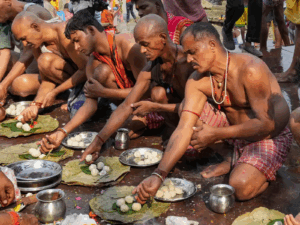
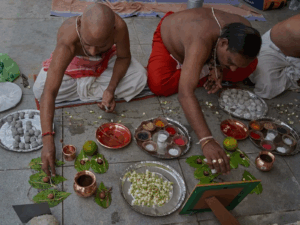
- Shraddha – A more elaborate ritual involving priests, fire offerings (havan), mantras, and food offerings. A proper meal is cooked and offered to crows, cows, dogs, and Brahmins — all considered representatives of the ancestors.
- Feeding Brahmins and the Needy – Donating food, clothes, and dakshina (money) to Brahmins and the poor is a key part of Pitru Paksha. It is considered that feeding others carries your offerings to the ancestors.
5. Avoiding Auspicious Activities – Marriages, housewarmings, and festive celebrations are avoided during this time, as the focus is entirely on remembering and praying for the dead.
Regional Variations and Practices
Across India, Pitru Paksha is observed with slight regional differences:
- In Gaya, Bihar, lakhs of Hindus perform Pind Daan at the Vishnupad temple. It is considered the holiest and most powerful site for ancestral offerings, believed to grant salvation (moksha) to the souls.
- In Somnath, Gujarat, the sacred Jyotirlinga temple near the Arabian Sea becomes a spiritual magnet during Pitru Paksha. Devotees perform Tarpan and Pind Daan rituals along the banks of Triveni Sangam, where three holy rivers – Hiran, Kapila, and Saraswati – meet. It is believed that offerings made here reach the ancestors directly and bring peace to wandering souls.
- In Maharashtra, families observe Pitru Paksha by preparing traditional dishes like puran poli, sweet rice, and moong dal, which are first offered to Brahmins and crows before partaking. Rituals are often conducted on riverbanks or near sacred trees like peepal.
- In Tamil Nadu, the observance is called Mahalaya Amavasya, where families gather near water bodies like rivers and seashores to offer Tarpanam and food to Brahmins. Feeding crows and cows is considered especially auspicious.
· In Odisha, rituals are connected to Kartikeya Puja, and families offer pindas made of rice and sesame. The belief that ancestors visit in crow form is strong here, so feeding birds is an essential part of the practice.
The Role of Women and Modern Adaptations
Traditionally, Pitru rituals were performed by men, especially the eldest son. However, in modern times, women have started participating, especially when there is no male heir in the family.
Today, many also conduct online Shraddha rituals or virtual pind daan or get it done by priests in pilgrimage sites like Gaya, Haridwar, or Prayagraj on their behalf. Though modernised, the essence remains — remembering and serving one’s roots.
Why Pitru Paksha Still Matters Today
In a fast-moving, individualistic world, traditions like Pitru Paksha act as grounding forces. They remind us that life is not just about the present but also about honouring the past. In a culture like India, where family ties are sacrosanct, Pitru Paksha is not just a religious duty but an emotional bond — a silent thanksgiving to those whose love and sacrifices live on through generations.
By observing these rituals, one not only attains the blessings of their forefathers but also builds a foundation of values, humility, and spiritual connection for the generations to come.
Conclusion
Pitru Paksha and Pitru Tarpan are not mere formalities. They are expressions of our eternal relationship with our ancestors — one that transcends time, space, and death. Through simple acts of offering, chanting, and feeding, Hindus connect with the unseen world of spirits, fulfill their sacred duties, and purify their karmic path.
As the Vedas say:
“श्राद्धे काले पितृन् तृप्त्या यथा सम्यगुपस्थितः।
तथा तृप्ताः पितृगणास्तेन तुष्यन्ति नित्यदा॥”
(At the time of Shraddha, if a person performs rituals properly, the ancestors are satisfied and continue to bless their descendants forever.)
So, as Pitru Paksha returns each year, may we take a moment to bow our heads in humility and offer our heartfelt gratitude – for we are because they were.


